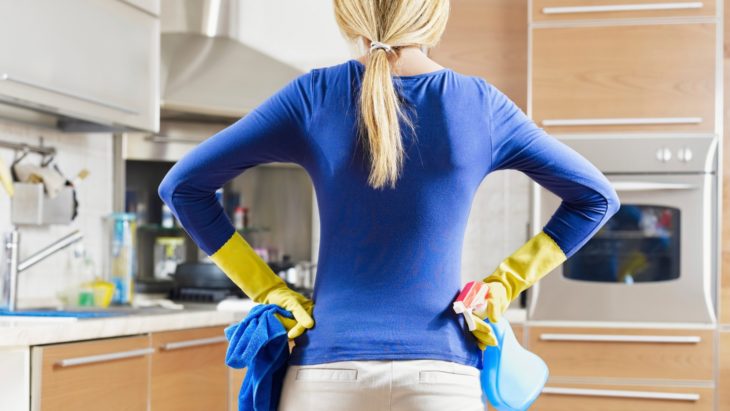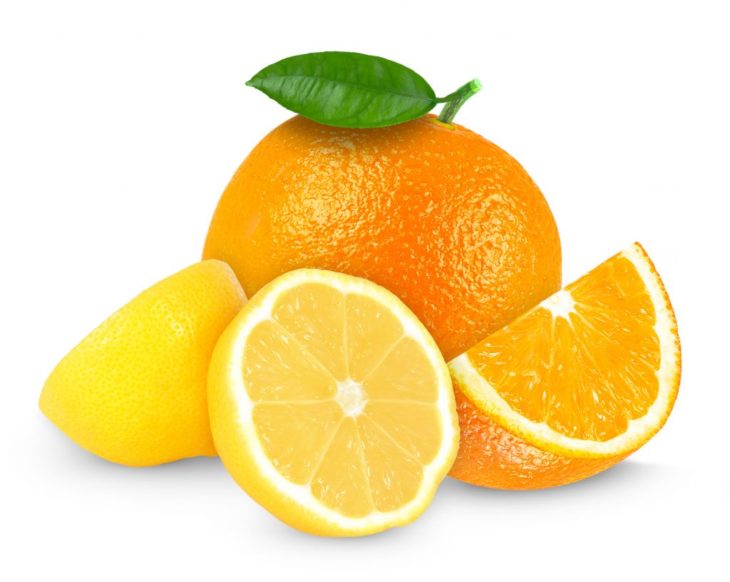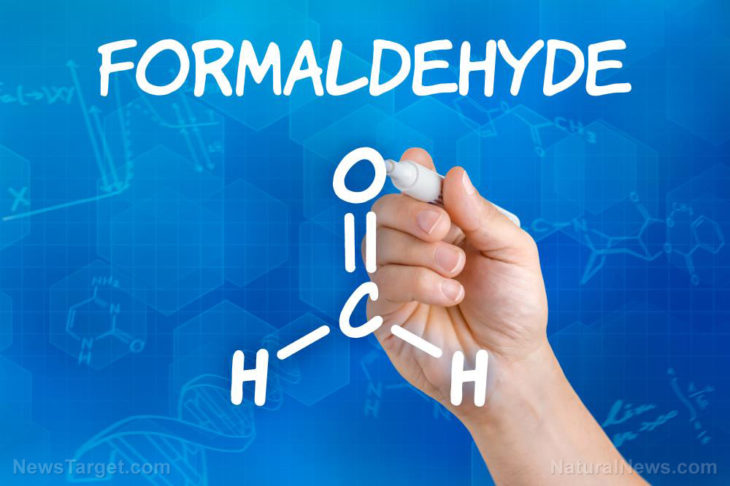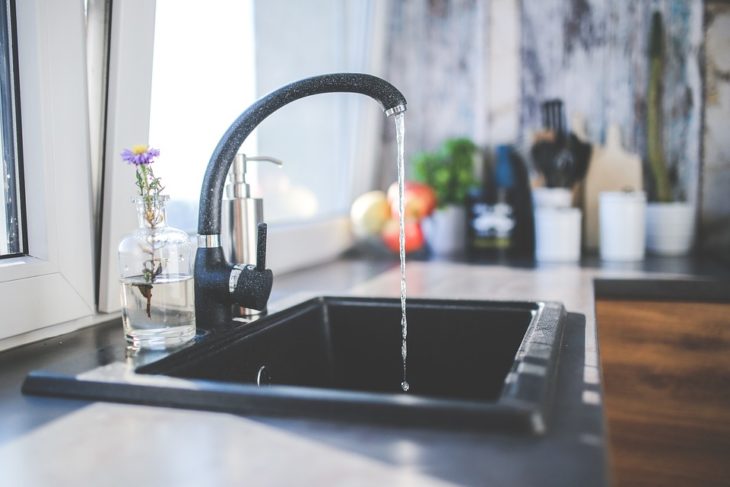While very few people enjoy cleaning, most of us still like a freshly cleaned home or office. It is important to keep your place of work and residence clean for overall health reasons, but it is also vital to note that many cleaning products – while mainly safe when used correctly – can be irritants to the body (such as the eyes and nose) as well as cause negative environmental effects such as an increase in the ozone, according to the California Air Resources Board (ARB). The ozone is the “…primary component of smog outdoors (and when) present may cause an increase in indoor concentrations of some pollutants,” reports the ARB. In addition, “…the indoor use of certain common cleaning products and air fresheners when ozone …is present may cause an increase in indoor concentrations of some pollutants.”

Source: Woman of Style and Substance
So the question might be – how do we keep our homes and places of work clean while making sure we use the right concentrations of cleaning supplies to keep our bodies and the environment healthy?
Phthalates, Perchloroethylene (PERC), Triclosan, Quarternary Ammonium Compounds (QUATS), 2-Butoxyethanol, Ammonia, Chlorine, and Sodium Hydroxide are all commonly found under our sink, in our bathroom cabinet and laundry rooms – and all highly toxic for pets, plants and humans! The Environmental Working Group is a non-profit organization that publishes a guide for demystifying the sometimes inscrutable labels found on the back of some of the most popular cleaning products we (used to) use every day.
The following are tips to help you stay away from indoor cleaning products that can negatively affect both your home and health:

Source: Shutterstock
Contents
Lemons and Oranges – Good for Cleaning?
Many products on the shelves these days claim to offer a lovely lemony or pine smell. Using products that contain terpenes – “…which are components of pine and citrus oils – in rooms where elevated levels of ozone were present, resulted in the production of formaldehyde and ultrafine particles, both of which can potentially harm human health.” It is advisable to steer clear from artificial, strongly-scented cleaning solutions and focus on more natural solutions like vinegar, natural citrus, and essential oils.
Don’t Use electrostatic precipitators and ionizers
Electrostatic precipitators and ionizers are products that usually come packaged as air purifiers, and can affect the ozone and produce a gas that can be harmful to your health.

Source: Health
Exposure to Formaldehyde Can Cause Irritation
Formaldehyde, while a known human carcinogen, may not very harmful in small concentrations but for some, it can be an eye, nose and lung irritant. Formaldehyde is found in most buildings – but limiting your exposure is recommended. “Ultrafine particles and the potential health effects associated with them are not well understood, but exposure to particle pollutants from the outdoor environment is associated with a variety of health effect…” the ARB warns.
Don’t Over-Use Cleaning Products
While many of us prefer a nice clean home or place of work, when cleaning, do not overuse cleaning products and read the label carefully to learn how and how much to use. People have an unfortunate, and wasteful tendency to spray the surface in need of cleaning rather than the rag, cloth or paper towel they should be using to wipe the surface.

Source: Pixabay
Rinse with Lots of Water
Illness-causing bacteria can thrive and survive in many places around your kitchen, including your hands, utensils, and cutting boards. “Liberally” rinse surfaces that you clean – as that will help your body’s health and the environment.
Try Technology
We rely on technology to make our lives easier in so many ways. We can’t imagine living without a washing machine or dishwasher. Roomba, Neato and iRobot have revolutionized the way people vacuum. But that’s only the beginning! ActivePure Technology, found in Aerus and Beyond by Aerus products, is revolutionizing the way people clean the air in their home. ActivePure Technology, a space-age indoor air quality innovation originally developed for use on the International Space Station, is activated by a specific wavelength of ultraviolet light, oxygen, and humidity extracted from the air to create a host of powerful oxidizers that target air and surface pollution. These oxidizers are incredibly effective at destroying bacteria, viruses, mold, fungus, and volatile organic compounds, MRSA, E-coli, and Staph.
